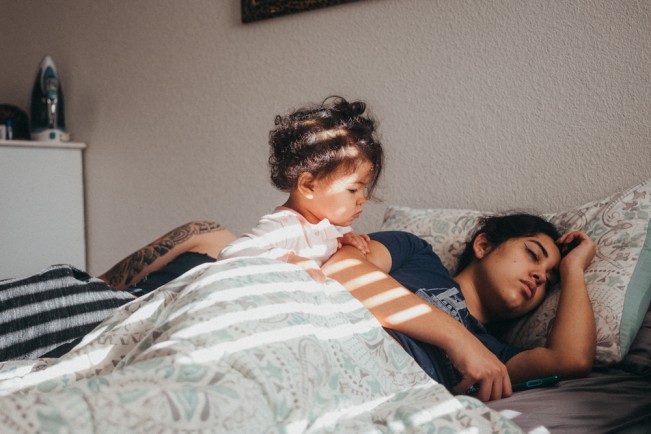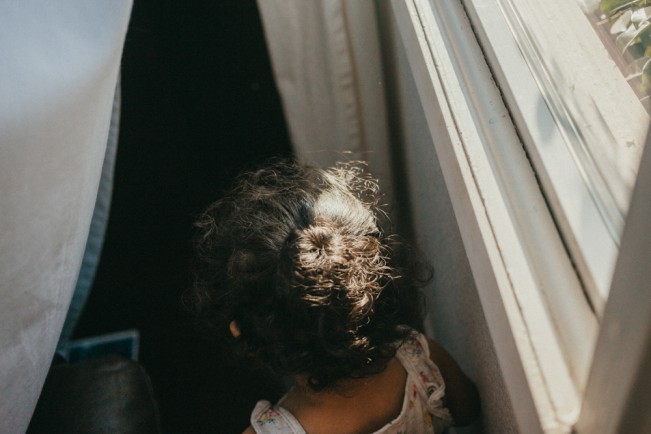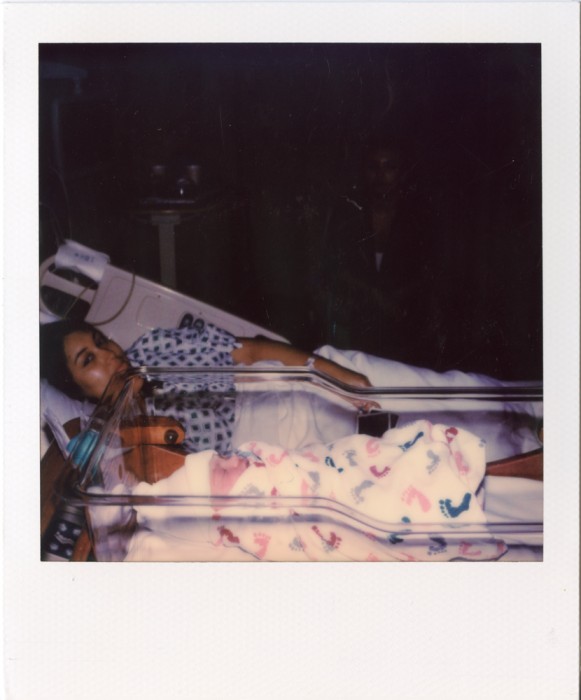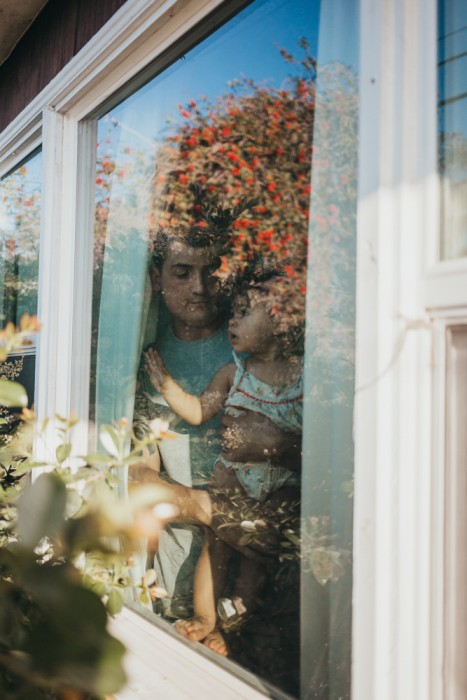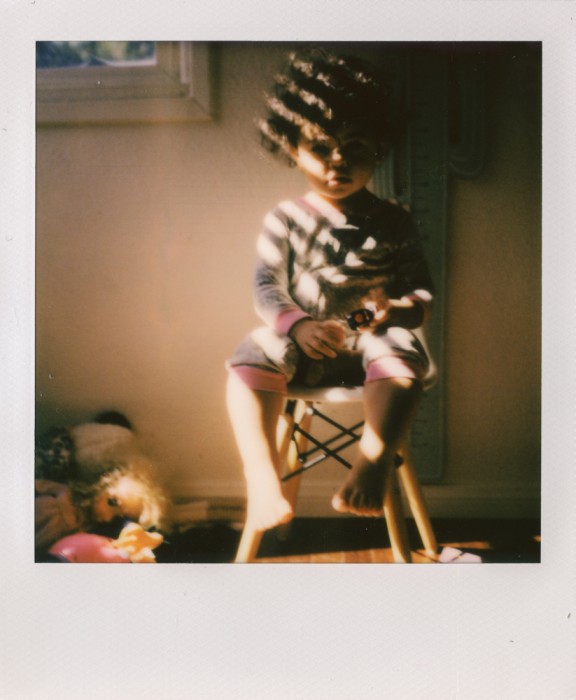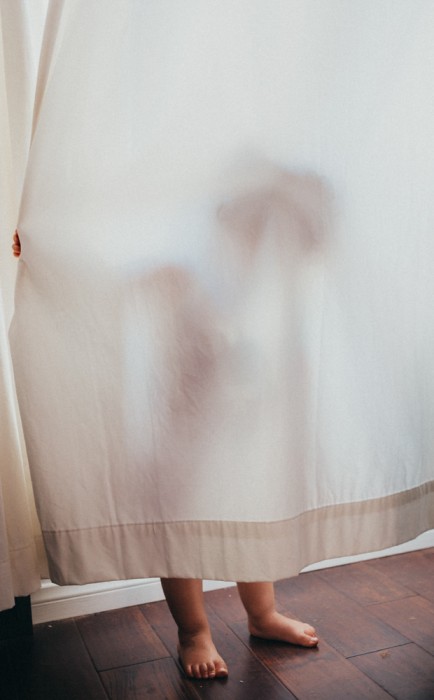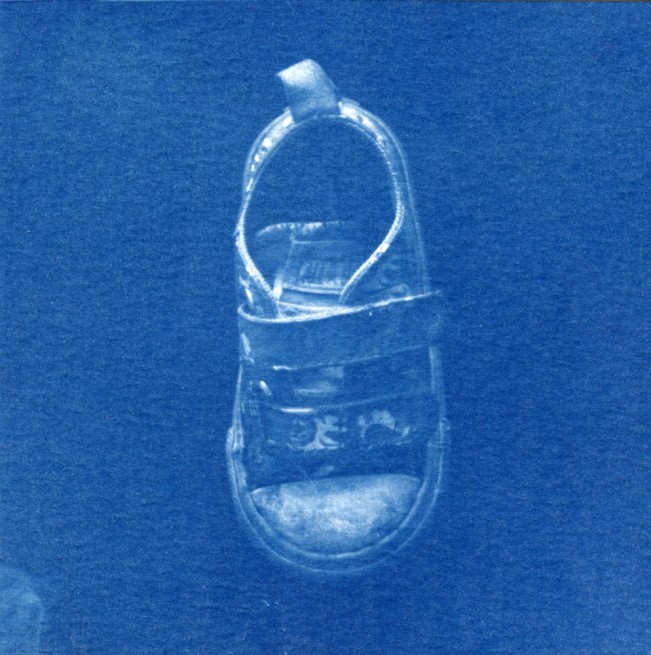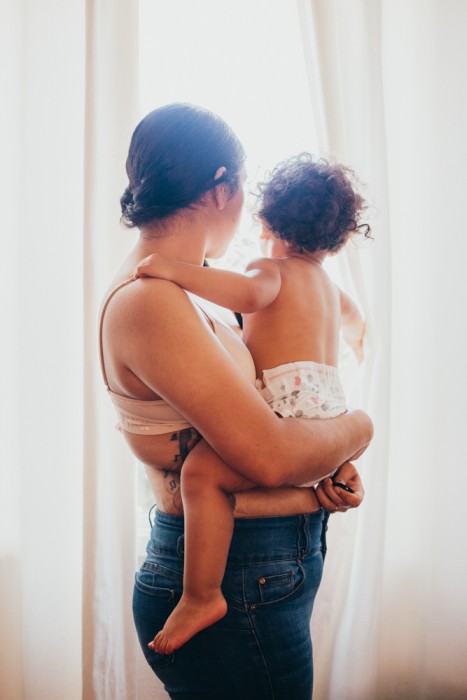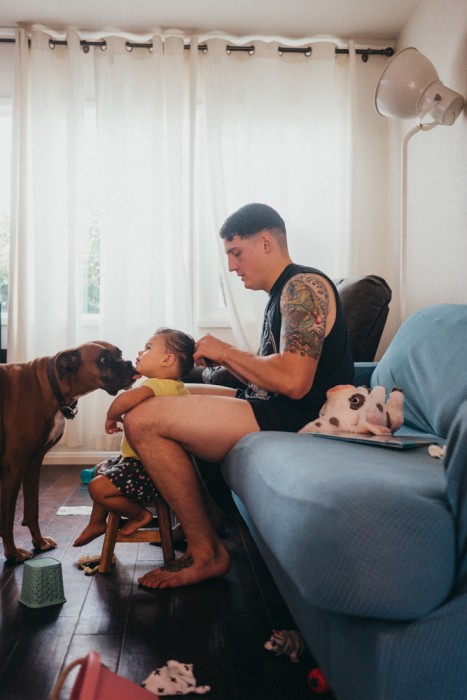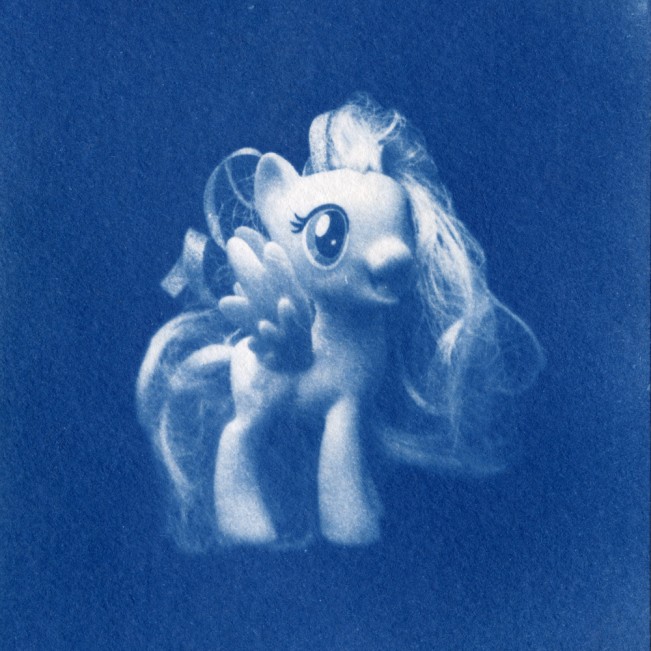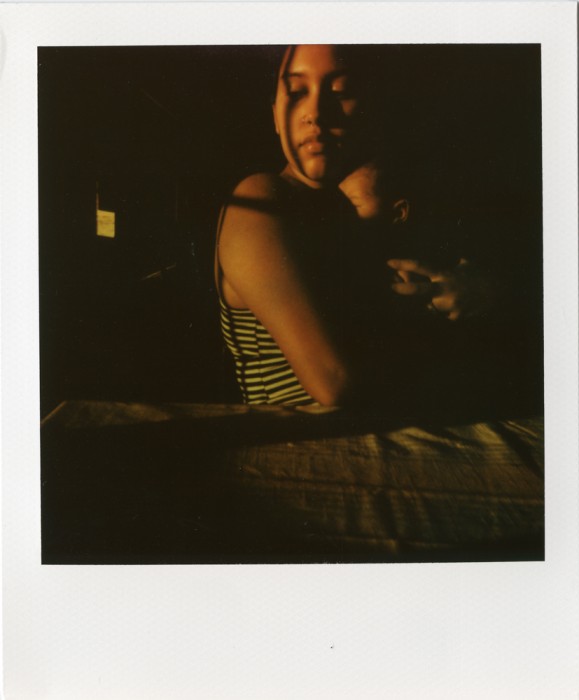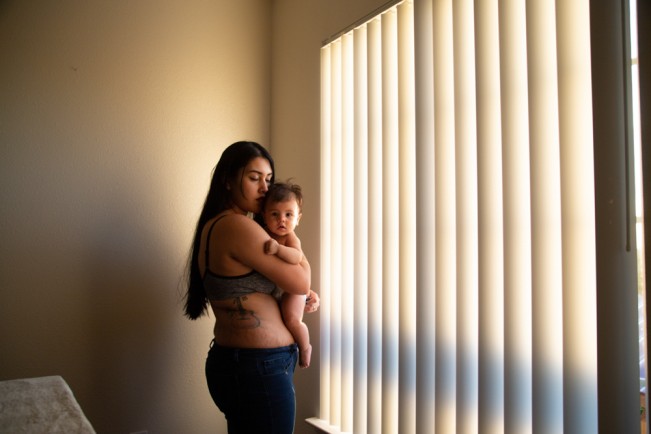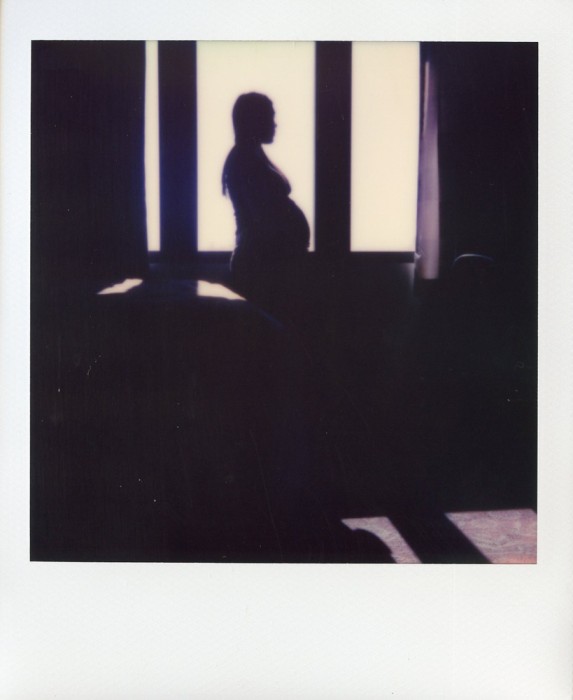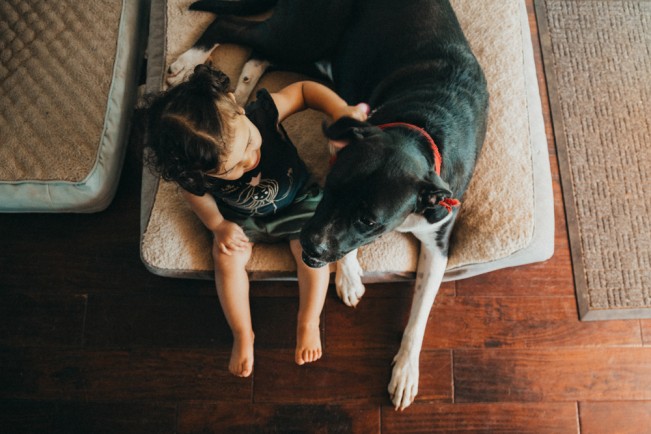Jaulas//Cages: Renee Romero
In a show of solidarity for those who are being held captive against their will, oppressed, and colonized by this authoritarian regime “Jaulas // Cages” is a week celebrating emerging Latinx Image-makers who I am interviewing to gain their insight and voice on the current danger it is to be outside the white patriarchal standard the current US government is striving for. This week is dedicated to all immigrants, and to those who do work or are currently in a cage. A cage being anything from physical, emotional, mental. These “Jaulas” are struggles we ALL have been within at points in our life: An enclosure of gender, a cage of identity, the pens of oppression, a box to be tokenized by.
Renee Romero is a visual artist from Belen, New Mexico. She has a BA in studio arts with a concentration in photography and minor in arts management from the University of New Mexico. Romero’s work explores themes of identity, relationships, and domestic life using film based imagery from polaroids and medium format film, to mixed media cyanotype prints. In 2018 she made one polaroid image each day, capturing an intimate look into her daily life from her family, snapshots, pregnancy and new motherhood. More recently, she has continued to document her daily life as a stay at home mother, and uses caring for her daughter as an inspiration in her art practice. In march of 2020 she began a self guided twelve week Artist Residency in Motherhood, where she created 50 Cyanotype prints of toys she picked up while caring for her daughter. Romero has exhibited her work in group exhibitions nationally, and held her first solo exhibition in 2019 at Studio 508 in Belen, New Mexico. Romero has also had works featured in independent publications such as Lux the Zine, Soft Lightning Studio, and Good Words Press. She currently lives and works in Brockton, Massachusetts.
Artist Statement
The makeup of my own family has pushed me to document them as much as possible to piece together my own identity and place in their world. Family photographs are meant to hold the weight of familial relationships, milestones such as births, deaths, and everyday moments. My father died prior to my birth, and the only family that I know is my maternal one.
I often reflect on how the experience my mother had raising me is vastly different than my own experience in motherhood. I’m privileged to have an experience of motherhood that has security, support, and time to soak in the in between moments of play, rest, exhaustion, and the domestic labor and constant care that comes with being a stay at home mother.
While I experience the happiness that comes from motherhood,I also find myself in many moments of frustration, being overwhelmed with the never-ending tasks of motherhood within our home.
Documenting our journey together through self portraits gives me the space to create while constantly mothering, remembering the fractions of time that I can find joy in our lives within our homes, and hold onto the moments that slip away too fast.
Social Media:
Instagram @re_eromero
Exhibitions/Publications
Exhibitions
“Little Wins” The Curated Fridge. Juried by Bree Lamb of Fraction Magazine.
Publications
Made Alone, Together. Good Words Press
Upcoming:
Hope-Revolution. Stay Home Gallery, Paris TN October 2020-January 2021
When you hear the word Jaulas//Cages, what are you thinking of?
When I hear the word cages, I think of the constraints I have felt my entire life within my identity. How I feel never truly knowing who I am, and how I fit into many spaces whether that be culturally, in academia,or as a woman actively trying to have an art career with a small child.
In our current climate. Many of us are thinking about the US borders. More recently, I’m thinking of all of the families being contained. Children being separated from their mothers,and women having procedures done to them without their consent. As a mother, who’s lineage comes from Mexican Immigrants, I can’t imagine having my daughter taken from me, or having my desire to have more children stripped from me, yet that is a reality for women in containment.
How would you describe your upbringing and how you came to be an artist?
I was always creative growing up. My grandfather was a musician, teaching me how to play the guitar at an early age. But my grandma always had a camera in her hand. Having a single teenage mother I spent so much time with them, and they influenced my creativity so much by encouraging whatever I wanted to pursue.
I still play the guitar on occasion but I’m shy, so photography is what stuck. Throughout my teenage years I kept pursuing photography, and ultimately went on to studying studio arts in college.
From your upbringing and work, what does Latinidad, mean to you? Does being Latinx inform for work?
Growing up, there was always a strong sense of catholic faith, and strength in family. I was always aware of my family history, their struggles but was never fully immersed in our family life and cultures as we moved away from most of our family when I was very young.
It was always the trips to my mother and grandparents hometowns in Southern California for weddings, quinceaneras, and other celebrations that always gave me more of a sense of pride in who we were.
For many years I’ve felt lost as I grew away from my family and into adulthood having moved even further away from them. Only more recently have I begun to think of what my chicanx identity means, and the importance of it’s preservation for my daughter.
Being Latinx hasn’t heavily informed my work, but at the core I think the importance of family, faith and preserving our memories have been instilled in my mind from my upbringing.
Who and/or what inspires you?
My relationships inspire me. I have always had a desire to document those around me through portraiture in the same kind of spirit that my grandmother had documenting our daily lives. The constant documentation of my childhood through my grandmother’s lens always stuck with me and something I wanted to continue after she had passed away in my early teens. My lack of images of my own mother pregnant with me, and infant/toddler photographs of myself push me to continue the documentation of my own life and relationship with my daughter. In this current season of my life, I have no choice but to stay home with her. There are maybe 2-3 childfree hours a day I get to work, so making work about her is what makes sense for me right now. I want to not only have a record of this time in our life but also highlight the love, and labor that goes into caring for her.
The photographs you make have so much love in them, what do you want your child to know about you when they are your age?
I want Ariana to know that she has made me a better artist. The work I make is to document my life with her, and the experiences we have together. I want her to understand who she is, who I am and where we come from. I want her to know that I’ve let negative experiences in my life define a lot of who I am and how I move through the world, but for her I’m trying to be better. She’s only two years old now, but I hope as she continues to grow up the memories she has of me and herself are filled with this same unconditional love and joy that we have now.
What do you want to see more of in the art world?
My experience of art history has had very few women, people of color, or those who are both and actively creating artwork about mothering and their experiences. While there are more and more examples of art being made to celebrate and highlight motherhood, there has to be more conversations being made about why this experience is under represented and often hidden within the arts and its history.
Collectively we need to continue pushing forward and creating opportunities outside of those white canons for one another. And holding the creative industries accountable in the treatment, pay, and opportunities we receive.
What advice would you have for up and coming Latinx artists?
Don’t feel like you have to confine yourself to whatever conventions you feel that are present as an artist. Make work for yourself and what you’re interested in. If your path is different than others, own it. Whatever you can do or make now, is enough.
Throughout my education I was pretty tough on myself and had a pretty clear path of what I thought I wanted that fit into the academic and “conventional” constraints of what a successful artist was. I’m grateful that I broke out of that mold, and made starting a family part of my work.
Our various practices, voices, and experiences all have a place somewhere as artists.
What is next for you?
Earlier this year I started a more playful series of cyanotype images of my daughters toys I pick up every day that need to be completed .I’ve been trying to channel my exhaustion, and often overwhelmed feelings into something creative by thinking of caring for her as more collaborative in my work, rather than an obstacle.
Next I would like to dive deeper into my family archives. I’m really interested to see what similarities there are in the documentation I’m doing now, and those photographs my mother and grandmother were taking when I was a child.
I often think of my own mother and how her experience of motherhood is so different from mine, and what I might be able to work through by comparing those experiences.
I’ll always be documenting our days together. The joy, the exhaustion, the in between.
Posts on Lenscratch may not be reproduced without the permission of the Lenscratch staff and the photographer.
Recommended
-
Ragne Kristine Sigmond: Portraits of Painterly LightDecember 2nd, 2025
-
Mary Pat Reeve: Illuminating the NightDecember 1st, 2025
-
Ricardo Miguel Hernández: When the memory turns to dust and Beyond PainNovember 28th, 2025
-
Pamela Landau Connolly: Columbus DriveNovember 26th, 2025
-
MATERNAL LEGACIES: OUR MOTHERS OURSELVES EXHIBITIONNovember 20th, 2025

